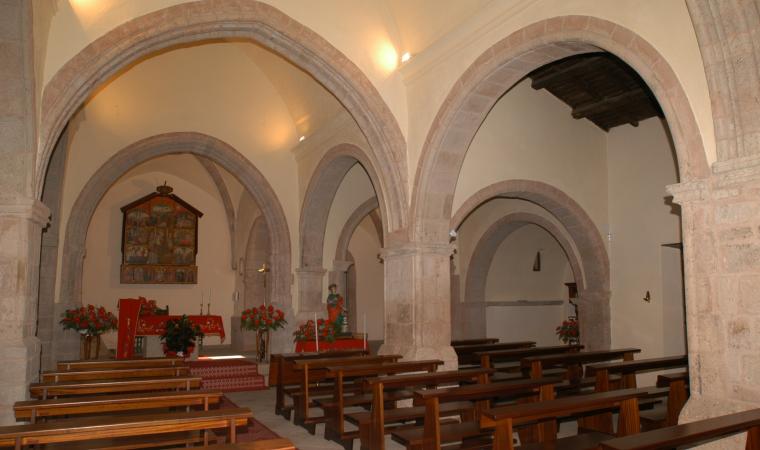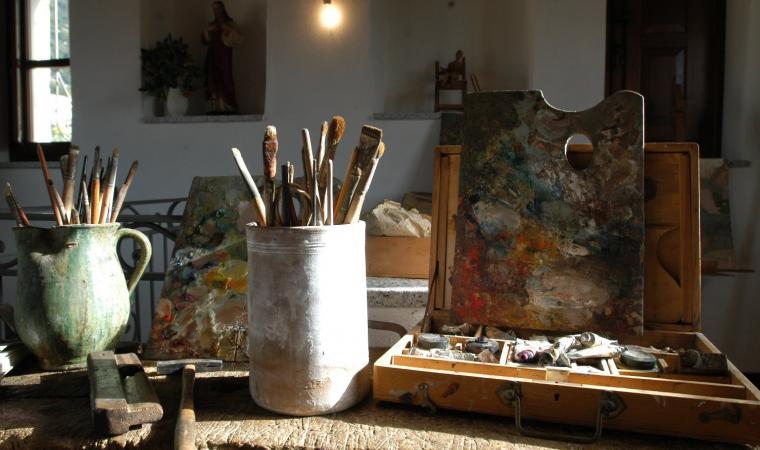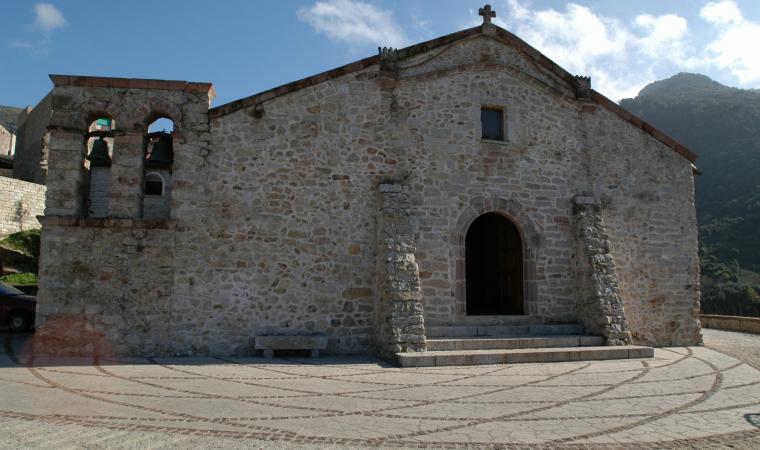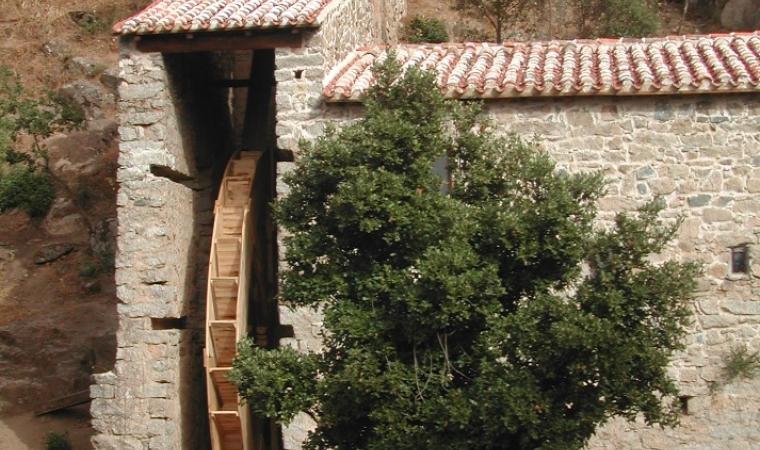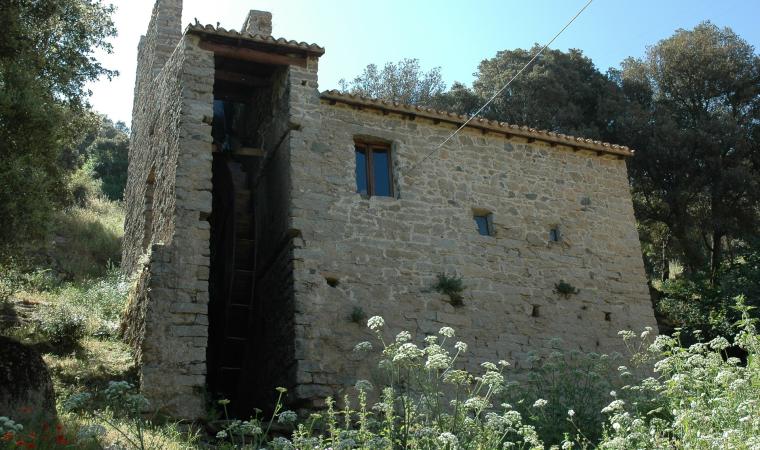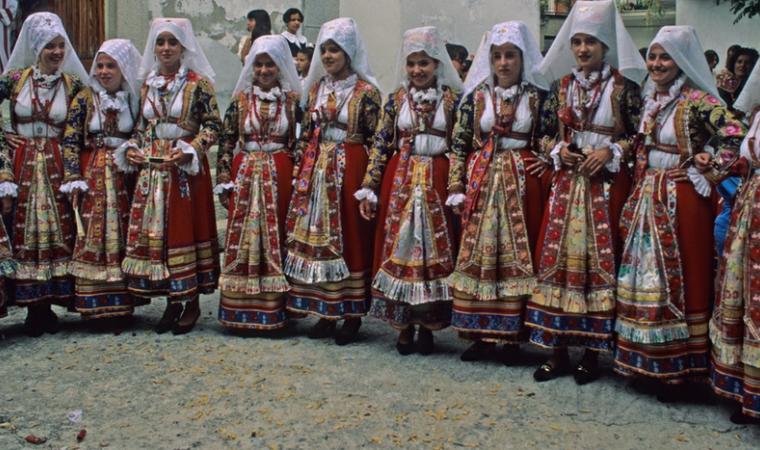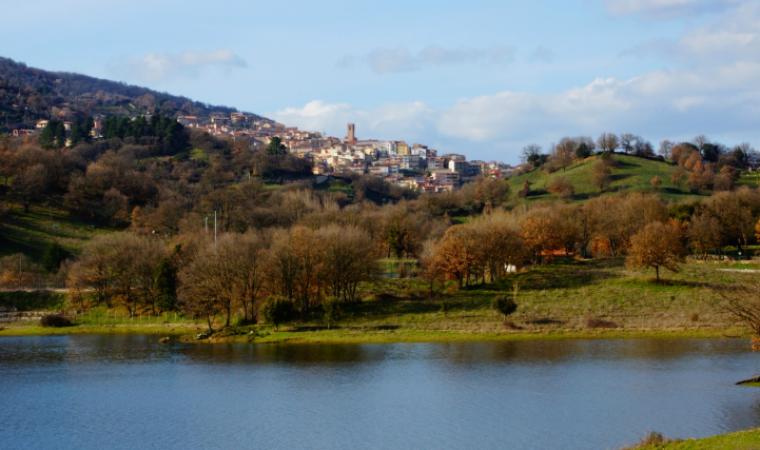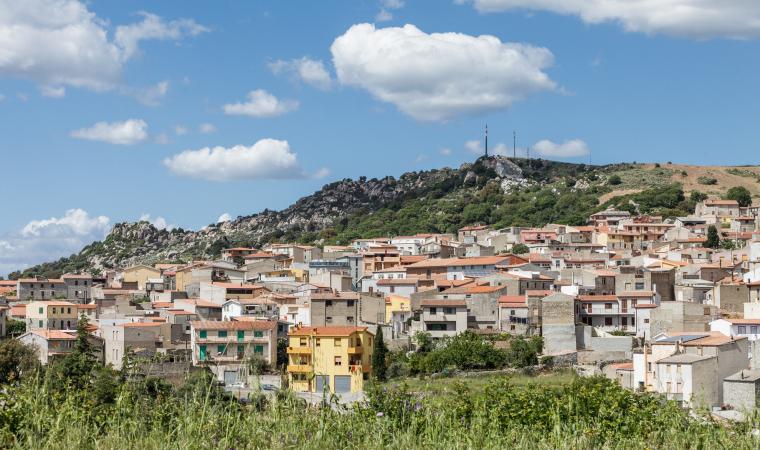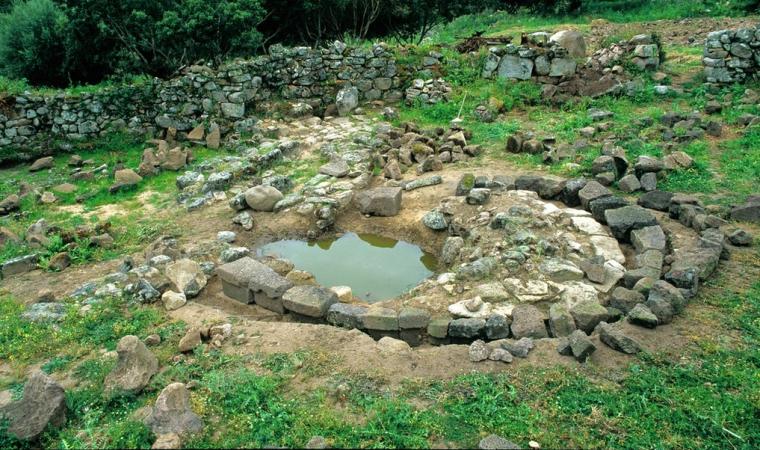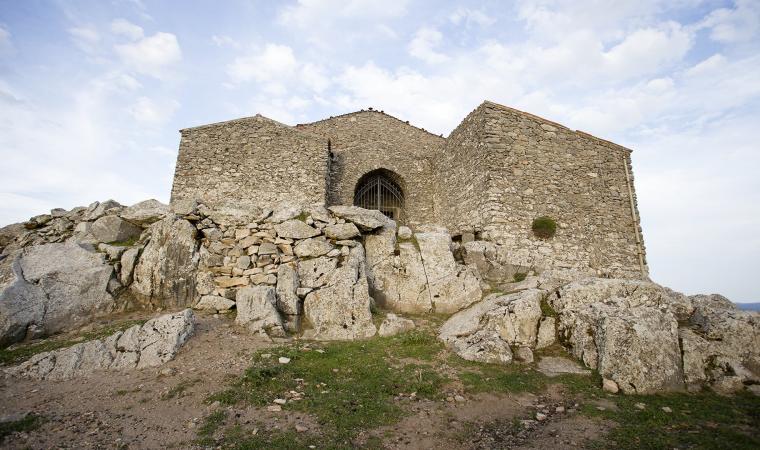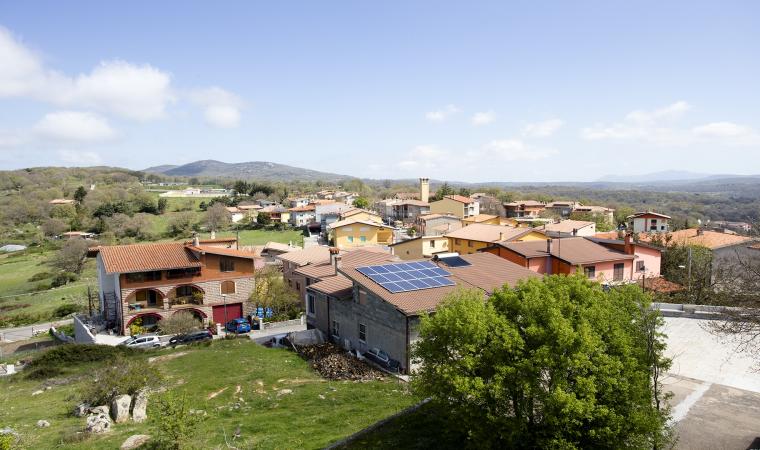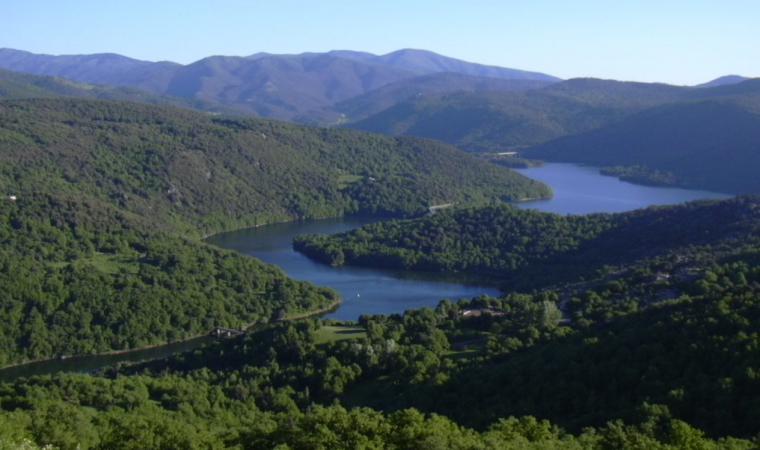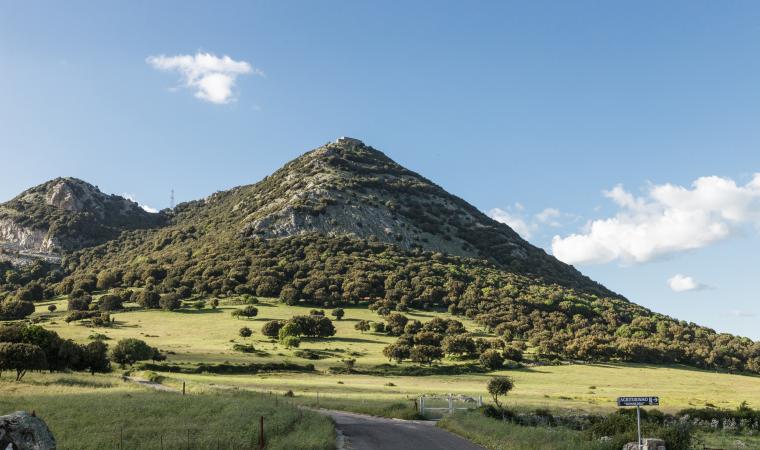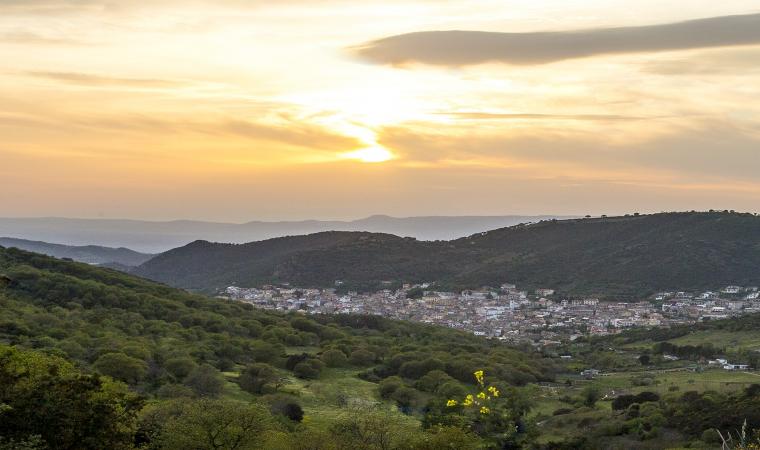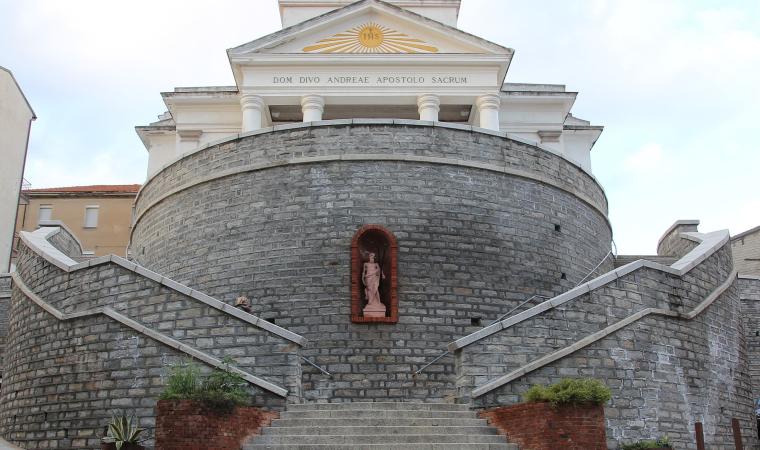The town looks over a valley, surrounded by ancient woodland and set among impressive mountain peaks that acted as refuge and points of control in antiquity. Olzai is a small town in the Barbagia di Ollolai, with a wealth of traditions and events that take place in November as part of the Autunno in Barbagia event. It played a key role in the medieval Sardinian struggle against the Catalan-Aragonese invaders. Even after conquest, it remained hostile to its Iberian rulers. In the early 20th century it was named "the town of the graduates" thanks to its high rate of literacy (for the time) and number of graduates. Today, the 900 inhabitants have held on to ancient customs: bread-making, engraving and choir music. The paved roads and alleyways of the historical centre are lined with granite houses, set around the 14th century Church of Santa Barbara, who is celebrated in late August. Inside the church is an 18th century wooden cross, used for the s’Iscravamentu during Holy Week, and the famous Retablo della Pestilenza by the ‘Maestro d’Olzai’.



